Search results for null
Books
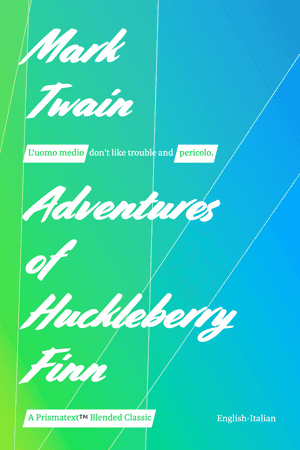
Adventures of Huckleberry Finn
Mark Twain
From Wikipedia:
Adventures of Huckleberry Finn is a novel by American author Mark Twain, which was first published in the United Kingdom in December 1884 and in the United States in February 1885.
Commonly named among the Great American Novels, the work is among the first in major American literature to be written throughout in vernacular English, characterized by local color regionalism. It is told in the first person by Huckleberry "Huck" Finn, the narrator of two other Twain novels (Tom Sawyer Abroad and Tom Sawyer, Detective) and a friend of Tom Sawyer. It is a direct sequel to The Adventures of Tom Sawyer.
The book is noted for "changing the course of children's literature" in the United States for the "deeply felt portrayal of boyhood". It is also known for its colorful description of people and places along the Mississippi River. Set in a Southern antebellum society that had ceased to exist over 20 years before the work was published, Adventures of Huckleberry Finn is an often scathing satire on entrenched attitudes, particularly racism and freedom.
Perennially popular with readers, Adventures of Huckleberry Finn has also been the continued object of study by literary critics since its publication. The book was widely criticized upon release because of its extensive use of coarse language and racial epithet. Throughout the 20th century, and despite arguments that the protagonist and the tenor of the book are anti-racist, criticism of the book continued due to both its perceived use of racial stereotypes and its frequent use of the racial slur "nigger".
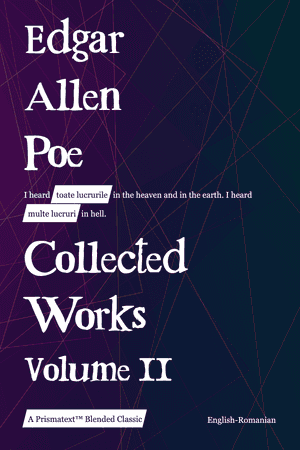
Collected Works, Volume 2
Edgar Poe
Edgar Allen Poe is perhaps best remembered for his haunting poetry, but his storytelling helped lay the groundwork for the modern horror genre. This collection includes many of his most revered pieces, including:
- A Descent into the Maelstrom
- The Fall of the House of Usher
- The Mask of the Red Death
- Silence
- The Tell-Tale Heart
- …and many more

A Room With a View
E. Forster
From Wikipedia:
A Room with a View is a 1908 novel by English writer E. M. Forster, about a young woman in the restrained culture of Edwardian era England. Set in Italy and England, the story is both a romance and a humorous critique of English society at the beginning of the 20th century. Merchant Ivory produced an award-winning film adaptation in 1985.
The Modern Library ranked A Room with a View 79th on its list of the 100 best English-language novels of the 20th century (1998).

Fables
Aesop
From Wikipedia:
Aesop's Fables, or the Aesopica, is a collection of fables credited to Aesop, a slave and storyteller who lived in ancient Greece between 620 and 564 BCE. Of diverse origins, the stories associated with his name have descended to modern times through a number of sources and continue to be reinterpreted in different verbal registers and in popular as well as artistic media.
The fables originally belonged to oral tradition and were not collected for some three centuries after Aesop's death. By that time, a variety of other stories, jokes and proverbs were being ascribed to him, although some of that material was from sources earlier than him or came from beyond the Greek cultural sphere. The process of inclusion has continued until the present, with some of the fables unrecorded before the Late Middle Ages and others arriving from outside Europe. The process is continuous and new stories are still being added to the Aesop corpus, even when they are demonstrably more recent work and sometimes from known authors.
Manuscripts in Latin and Greek were important avenues of transmission, although poetical treatments in European vernaculars eventually formed another. On the arrival of printing, collections of Aesop's fables were among the earliest books in a variety of languages. Through the means of later collections, and translations or adaptations of them, Aesop's reputation as a fabulist was transmitted throughout the world.
Initially the fables were addressed to adults and covered religious, social and political themes. They were also put to use as ethical guides and from the Renaissance onwards were particularly used for the education of children. Their ethical dimension was reinforced in the adult world through depiction in sculpture, painting and other illustrative means, as well as adaptation to drama and song. In addition, there have been reinterpretations of the meaning of fables and changes in emphasis over time.

Alice in Wonderland
Lewis Carroll
From Wikipedia:
Alice's Adventures in Wonderland (commonly Alice in Wonderland) is an 1865 English children's novel by Lewis Carroll, a mathematics don at Oxford University. It details the story of a young girl named Alice who falls through a rabbit hole into a fantasy world of anthropomorphic creatures. It is seen as an example of the literary nonsense genre. The artist John Tenniel provided 42 wood-engraved illustrations for the book.
It received positive reviews upon release and is now one of the best-known works of Victorian literature; its narrative, structure, characters and imagery have had a widespread influence on popular culture and literature, especially in the fantasy genre. It is credited as helping end an era of didacticism in children's literature, inaugurating an era in which writing for children aimed to "delight or entertain". The tale plays with logic, giving the story lasting popularity with adults as well as with children. The titular character Alice shares her name with Alice Liddell, a girl Carroll knew.
The book has never been out of print and has been translated into 174 languages. Its legacy covers adaptations for screen, radio, art, ballet, opera, musicals, theme parks, board games and video games. Carroll published a sequel in 1871 entitled Through the Looking-Glass and a shortened version for young children, The Nursery "Alice" in 1890.
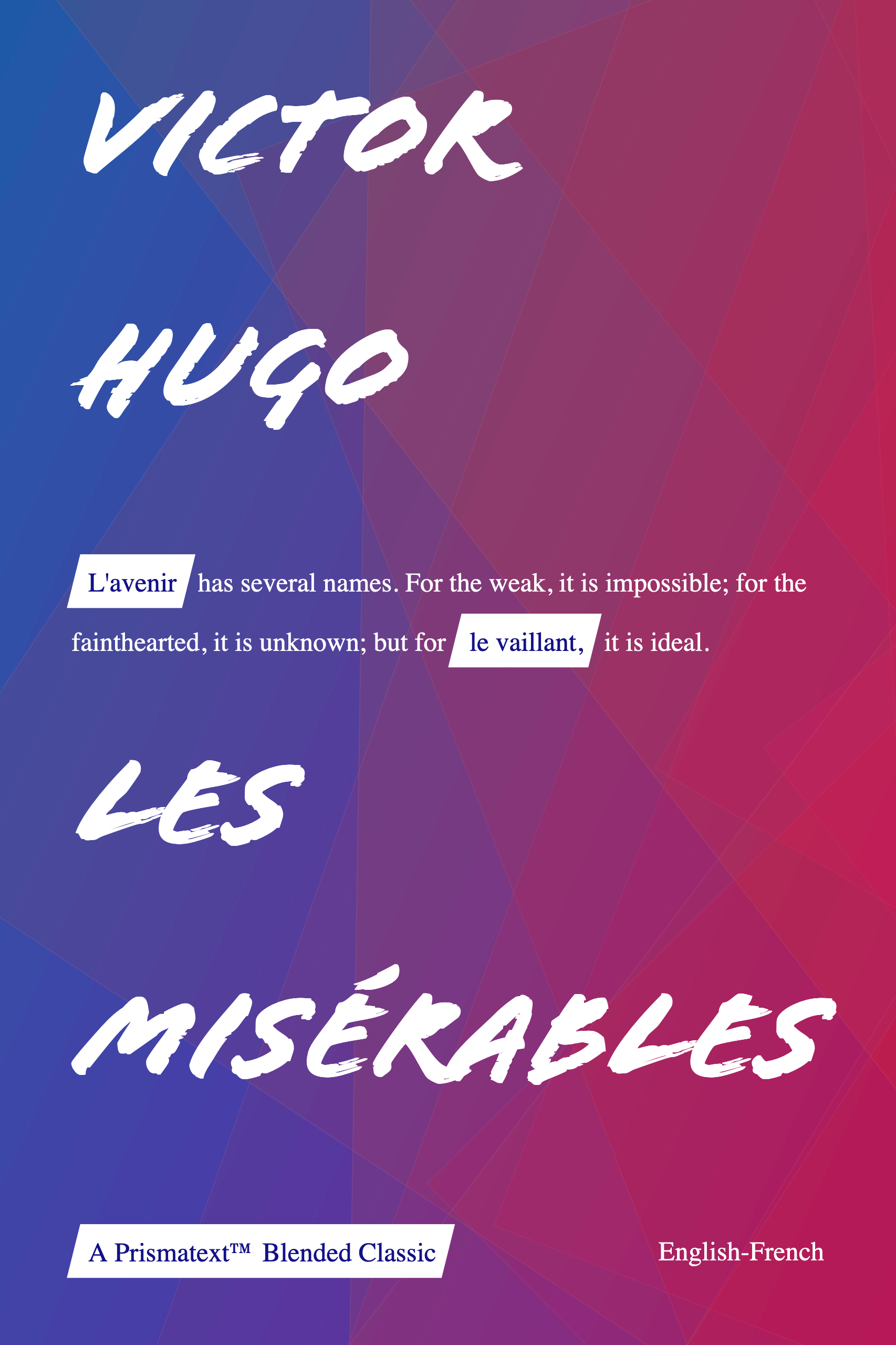
Les Misérables
Victor Hugo
from Wikipedia:
Les Misérables (/leɪ ˌmɪzəˈrɑːb(əl), -blə/,[4] French: [le mizeʁabl]) is a French historical novel by Victor Hugo, first published in 1862, that is considered one of the greatest novels of the 19th century. Les Misérables has been popularized through numerous adaptations for film, television and the stage, including a musical.
In the English-speaking world, the novel is usually referred to by its original French title. However, several alternatives have been used, including The Miserables, The Wretched, The Miserable Ones, The Poor Ones, The Wretched Poor, The Victims, and The Dispossessed.[5] Beginning in 1815 and culminating in the 1832 June Rebellion in Paris, the novel follows the lives and interactions of several characters, particularly the struggles of ex-convict Jean Valjean and his experience of redemption.[6]
Examining the nature of law and grace, the novel elaborates upon the history of France, the architecture and urban design of Paris, politics, moral philosophy, antimonarchism, justice, religion, and the types and nature of romantic and familial love.

Siddhartha: An Indian Tale
Hermann Hesse
Siddhartha is a handsome man living an almost perfect life with his father. Despite following the advice that is said to bring happiness and peace in life, something appears to be missing and he yearns for more.
In search of enlightenment, he sets out on a quest with his best friend, Govinda. Siddhartha devotes himself wholly to understanding spiritual fulfilment despite being sidetracked by earthly distractions along the way.
This soul-satisfying story follows a man’s life journey where we learn that true wisdom can only be gained through what we experience, and not by what we are taught.
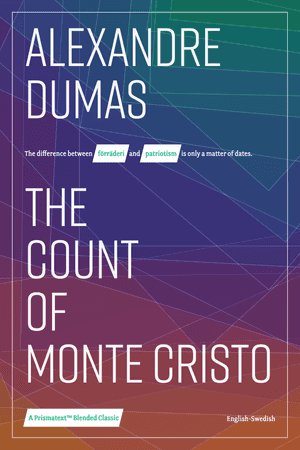
The Count of Monte Cristo
Alexandre Dumas
From Wikipedia:
The Count of Monte Cristo (French: Le Comte de Monte-Cristo) is an adventure novel written by French author Alexandre Dumas (père) completed in 1844. It is one of the author's most popular works, along with The Three Musketeers. Like many of his novels, it was expanded from plot outlines suggested by his collaborating ghostwriter Auguste Maquet.
The story takes place in France, Italy, and islands in the Mediterranean during the historical events of 1815–1839: the era of the Bourbon Restoration through the reign of Louis-Philippe of France. It begins on the day that Napoleon left his first island of exile, Elba, beginning the Hundred Days period when Napoleon returned to power. The historical setting is a fundamental element of the book, an adventure story centrally concerned with themes of hope, justice, vengeance, mercy, and forgiveness.
Before he can marry his fiancée Mercédès, Edmond Dantès, a French nineteen-year-old first mate of the Pharaon, is falsely accused of treason, arrested, and imprisoned without trial in the Château d'If, a grim island fortress off Marseille. A fellow prisoner, Abbé Faria, correctly deduces that romantic rival Fernand Mondego, envious crewmate Danglars, and double-dealing magistrate De Villefort are responsible. Over the course of their long imprisonment, Faria educates Dantès and tells him of a cache of treasure he found. After Faria dies, Dantès escapes and finds the treasure. As the powerful and mysterious Count of Monte Cristo, he enters the fashionable Parisian world of the 1830s to avenge himself.
The book is considered a literary classic today. According to Lucy Sante, "The Count of Monte Cristo has become a fixture of Western civilization's literature."
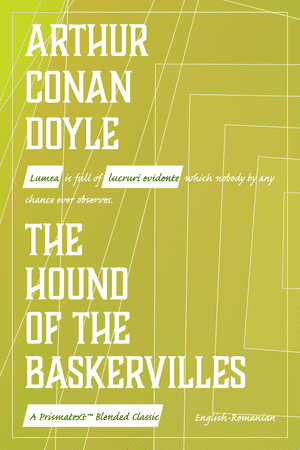
The Hound of the Baskervilles
Arthur Doyle
From Wikipedia:
The Hound of the Baskervilles is the third of the four crime novels by British writer Arthur Conan Doyle featuring the detective Sherlock Holmes. Originally serialised in The Strand Magazine from August 1901 to April 1902, it is set in 1889 largely on Dartmoor in Devon in England's West Country and tells the story of an attempted murder inspired by the legend of a fearsome, diabolical hound of supernatural origin. Holmes and Watson investigate the case. This was the first appearance of Holmes since his apparent death in "The Final Problem", and the success of The Hound of the Baskervilles led to the character's eventual revival.
One of the most famous stories ever written, in 2003, the book was listed as number 128 of 200 on the BBC's The Big Read poll of the UK's "best-loved novel". In 1999, a poll of "Sherlockians" ranked it as the best of the four Holmes novels.
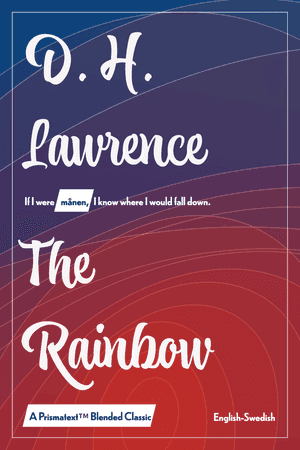
The Rainbow
D. H. Lawrence
Amidst the industrialization of Great Britain, three generations from a single family have vastly different experiences of love and relationships in a rapidly-changing society.

The Memoirs of Sherlock Holmes
Arthur Doyle
From Wikipedia:
The Memoirs of Sherlock Holmes is a collection of short stories by British writer Arthur Conan Doyle, first published late in 1893 with 1894 date. It was first published in the UK by G. Newnes Ltd., and was published in the US by Harper & Brothers in February 1894. It was the second collection featuring the consulting detective Sherlock Holmes, following The Adventures of Sherlock Holmes. Like the first it was illustrated by Sidney Paget.
The twelve stories were originally published in The Strand Magazine from December 1892 to December 1893 as The Adventures number 13 to 24. For instance, "The Final Problem" was published under the subheading "XXIV.—The Adventure of the Final Problem." In the United States, the stories were first published in Harper's Weekly, except for "The Final Problem," which appeared in McClure's Magazine.
Doyle determined that these would be the last Holmes stories, and intended to kill off the character in "The Final Problem". Reader demand stimulated him to write another Holmes novel in 1901–1902, The Hound of the Baskervilles, set before "The Final Problem". The next year a new series, The Return of Sherlock Holmes, begins with the aftermath of "The Final Problem", in which it is revealed that Holmes actually survived.
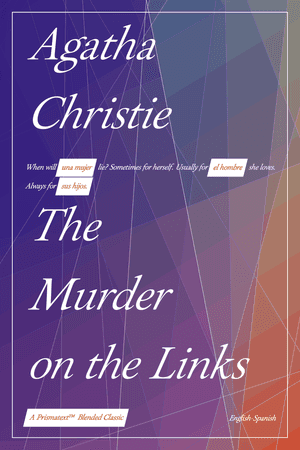
The Murder on the Links
Agatha Christie
From Wikipedia:
The Murder on the Links is a work of detective fiction by Agatha Christie, first published in the US by Dodd, Mead & Co in March 1923, and in the UK by The Bodley Head in May of the same year. It is the second novel featuring Hercule Poirot and Arthur Hastings. The UK edition retailed at seven shillings and sixpence (7/6), and the US edition at $1.75.
The story takes place in northern France, giving Poirot a hostile competitor from the Paris Sûreté. Poirot's long memory for past or similar crimes proves useful in resolving the crimes. The book is notable for a subplot in which Hastings falls in love, a development "greatly desired on Agatha's part... parcelling off Hastings to wedded bliss in the Argentine."
Reviews when it was published compared Mrs Christie favourably to Arthur Conan Doyle in his Sherlock Holmes mysteries. Remarking on Poirot, still a new character, one reviewer said he was "a pleasant contrast to most of his lurid competitors; and one even suspects a touch of satire in him."